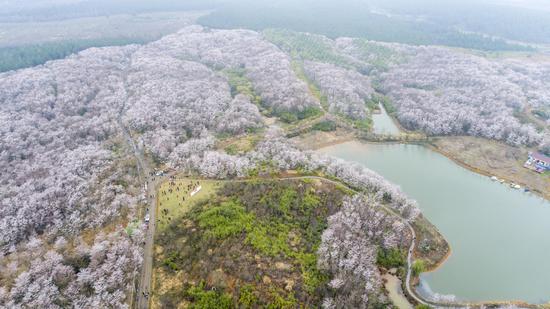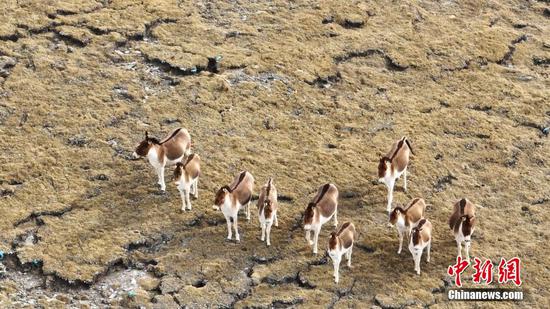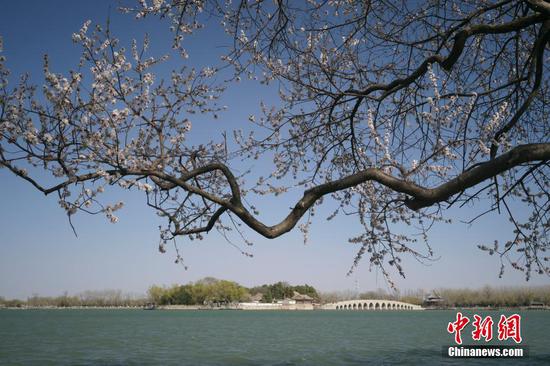(ECNS) -- Beijing and many other areas in northern China were shrouded in thick sand and dust Wednesday.
The real-time air quality in Beijing reached 500 Air Quality Index (AQI) on Wednesday morning, indicating a six-level serious pollution, according to updated data released by the Beijing Municipal Ecological and Environmental Monitoring Center at 9 a.m. on the same day.
The Central Meteorological Observatory issued yellow warning signals from Wednesday to early morning Thursday for a wide range of areas in China, including Xinjiang, Inner Mongolia, Ningxia, Qinghai, Gansu, Shaanxi, Shanxi, Hebei, Heilongjiang, Jilin, Liaoning, Shandong, Henan, Jiangsu, Anhui and Hubei, with most in northern China.
Among these, southeastern Inner Mongolia, Beijing, northern Tianjin and central and northern Hebei will be hit by sandstorms, in some parts, severely.
As the weather warms up in spring, the sun makes the earth’s surface loose, while cold air and strong winds appear frequently, leading to the windy and dusty weather, said Zhang Tao, chief weather forecaster of the Central Meteorological Observatory.
When strong winds pass through sand sources in Mongolia and western Inner Mongolia, Gansu and other places in China, dust will be swept into the air, and then sent to the east and south by low-altitude airflow, affecting areas such as the east and south of Inner Mongolia, Zhang said.
According to him, sandstorms have occurred four times since March, which is unusual. It is necessary to pay attention to the weather conditions in April and May to judge conditions throughout the spring, he said.
Zhang reminded people of wearing masks and paying attention to traffic safety due to low visibility and forest fires caused by strong winds.
“The public should wear dust-proof masks and scarves to avoid damage to eyes and respiratory tract caused by dust and drivers should control their speed to ensure safety,” he said.
Since the beginning of this century, sandstorms in China have shown a decreasing trend in general, but remain frequent in spring (March-May).
From March 14 to 16, 2021, northern China was hit by the strongest sandstorm of the past decade, which affected more than 3.8 million square kilometers.


















































 京公网安备 11010202009201号
京公网安备 11010202009201号